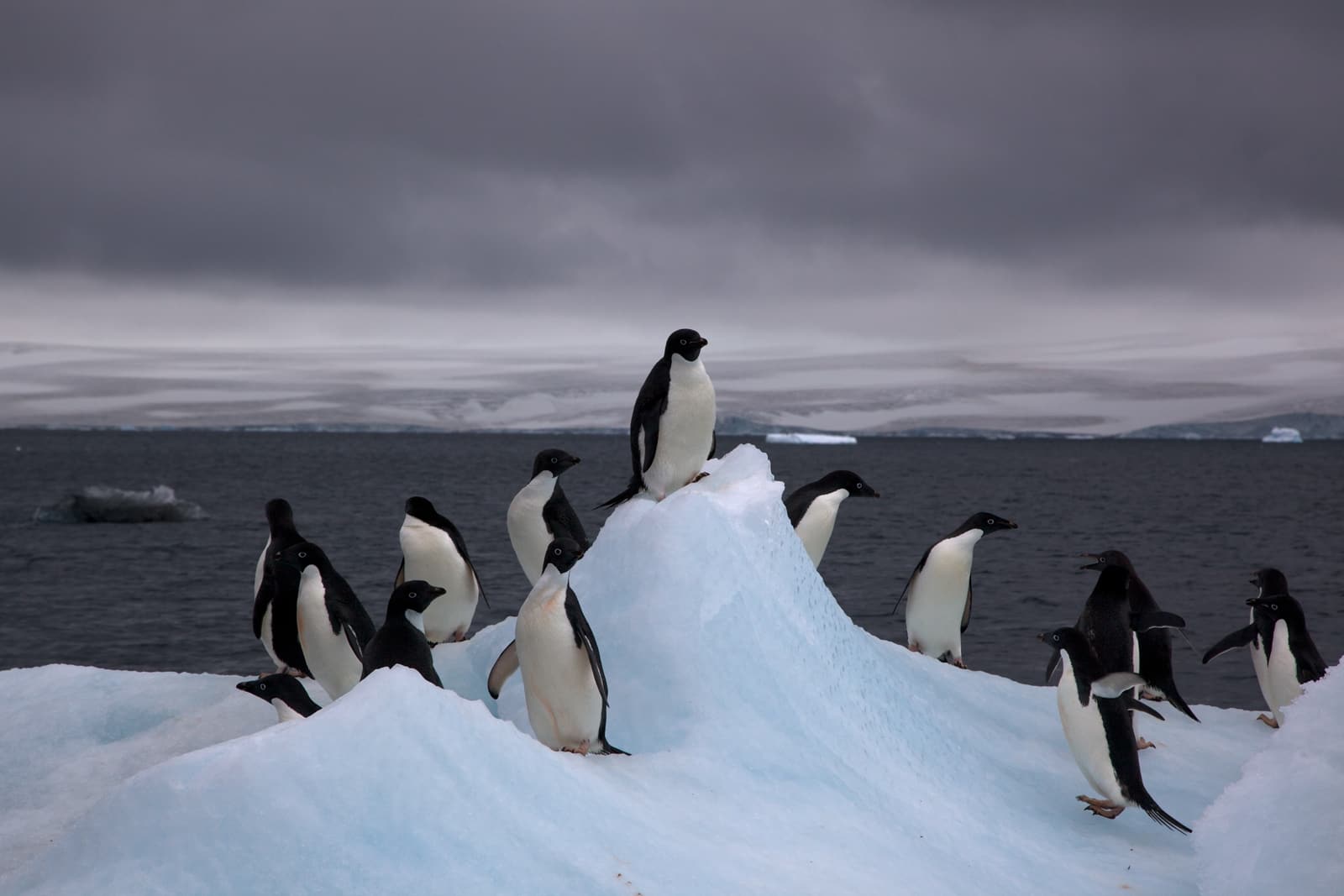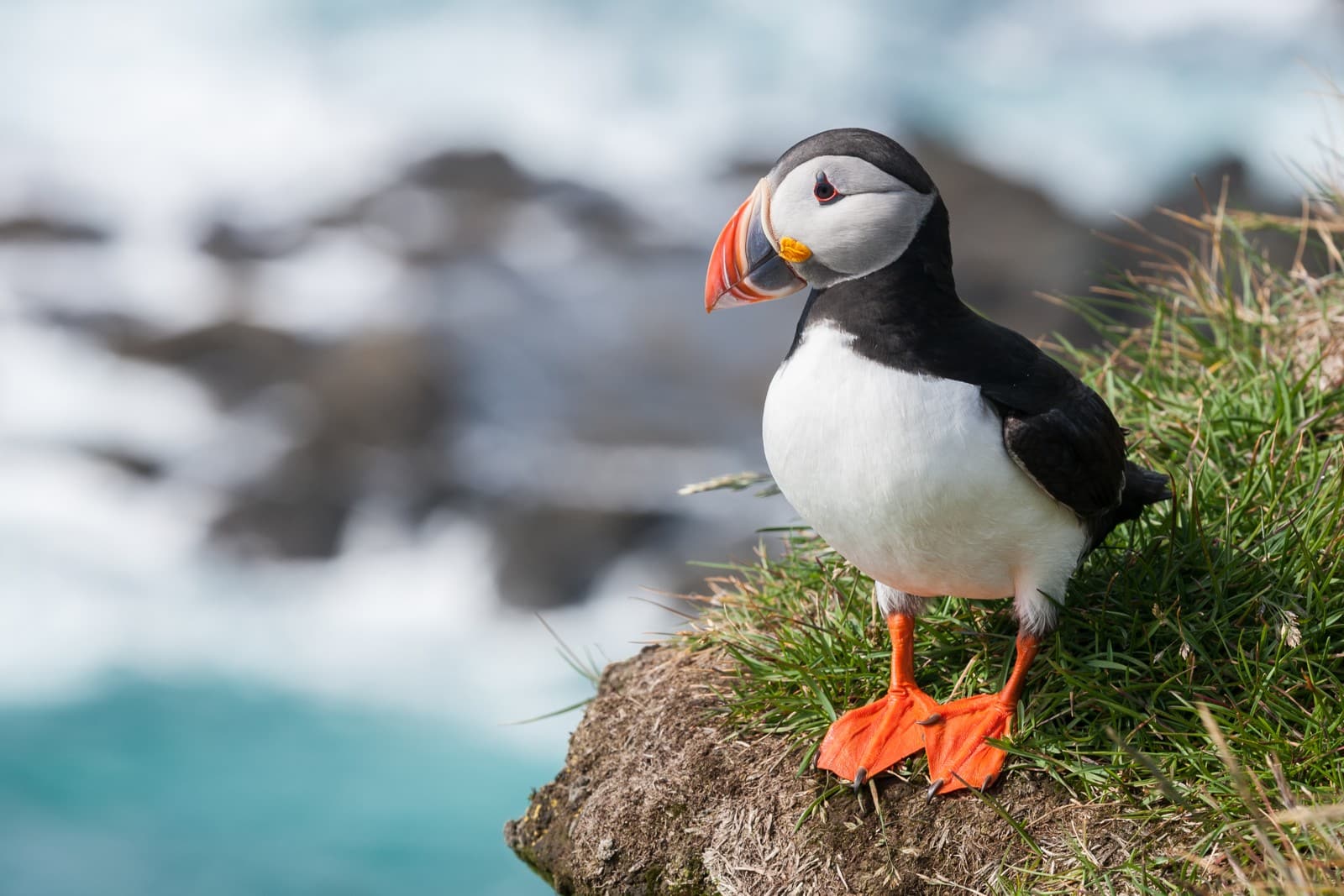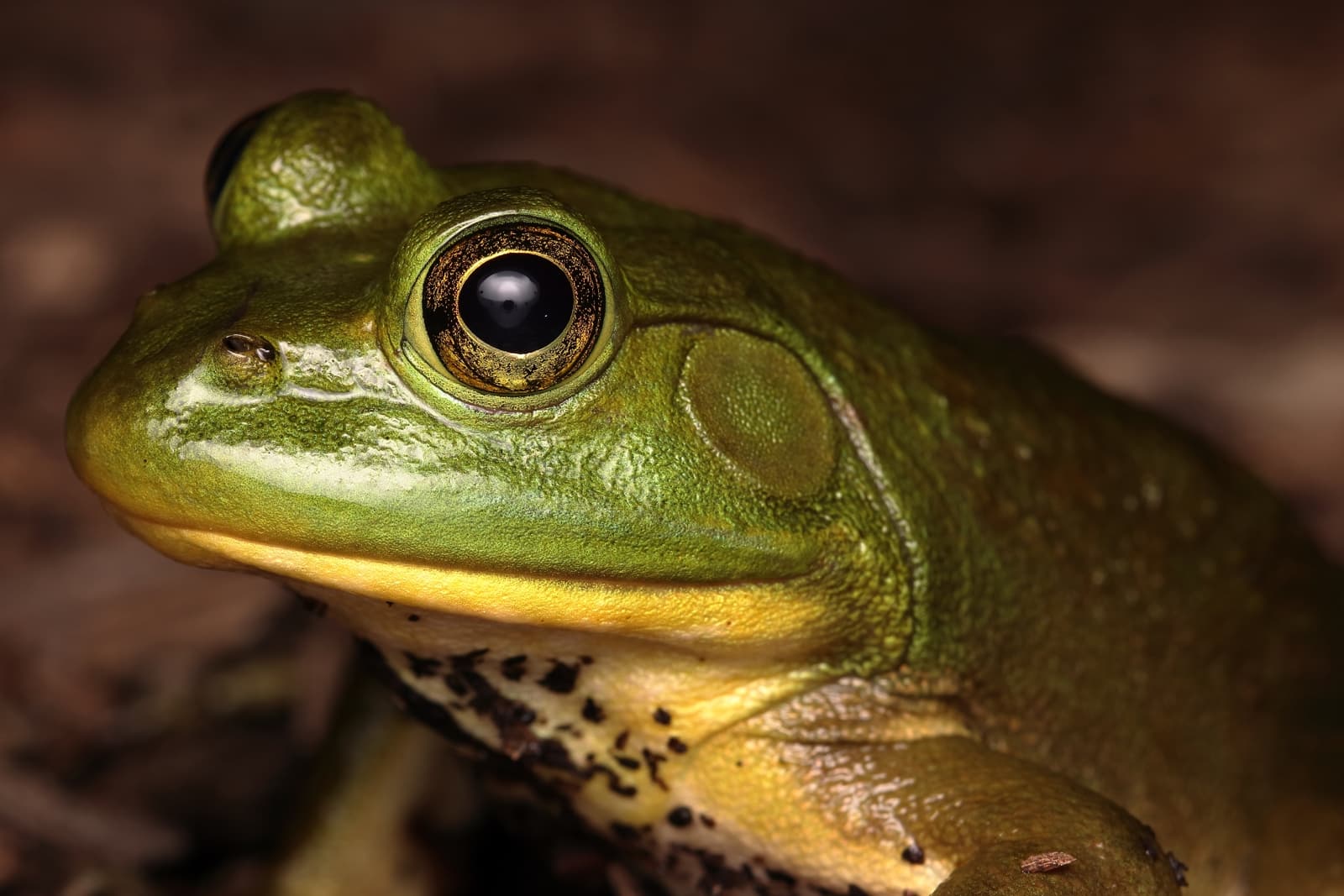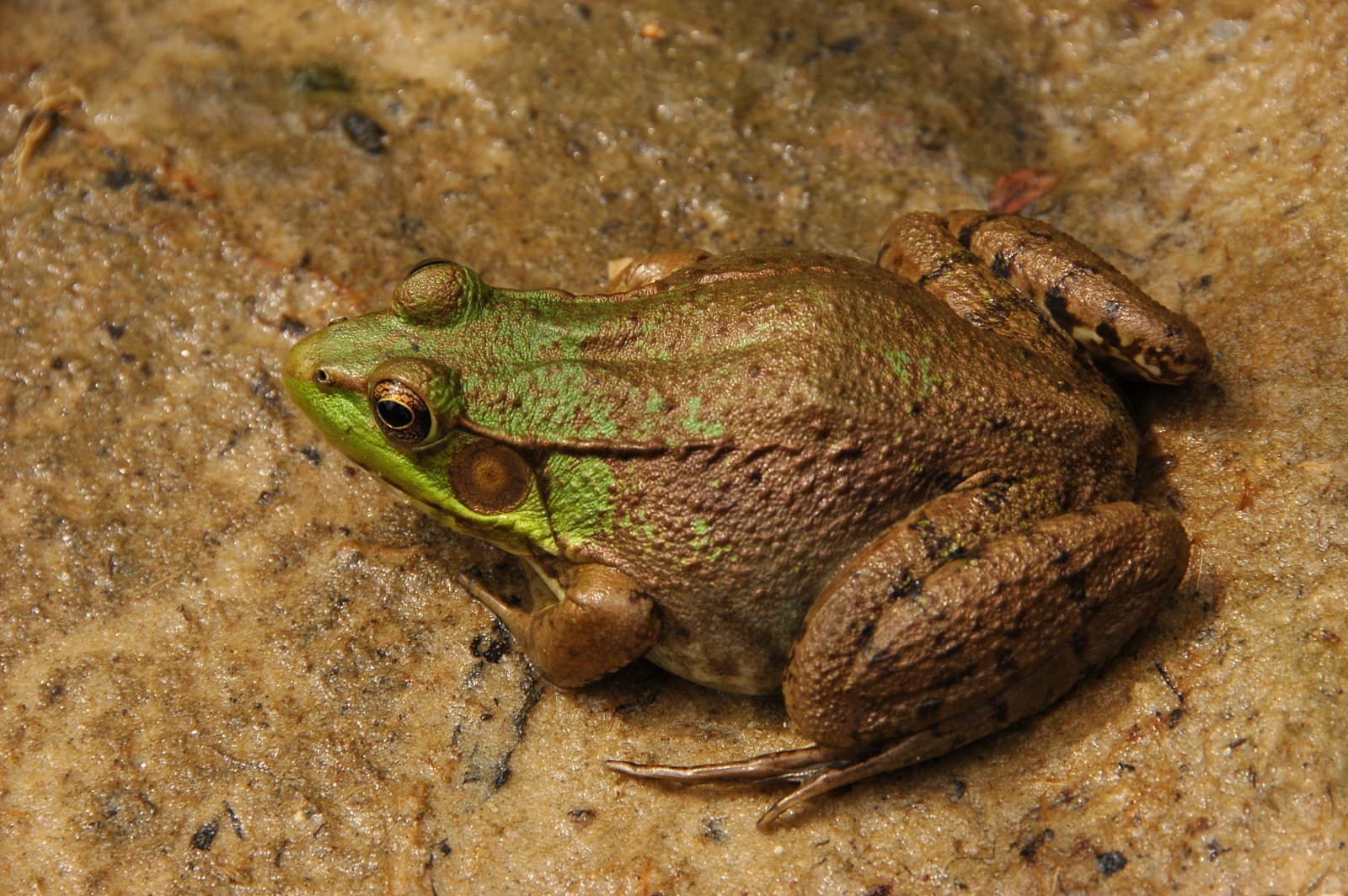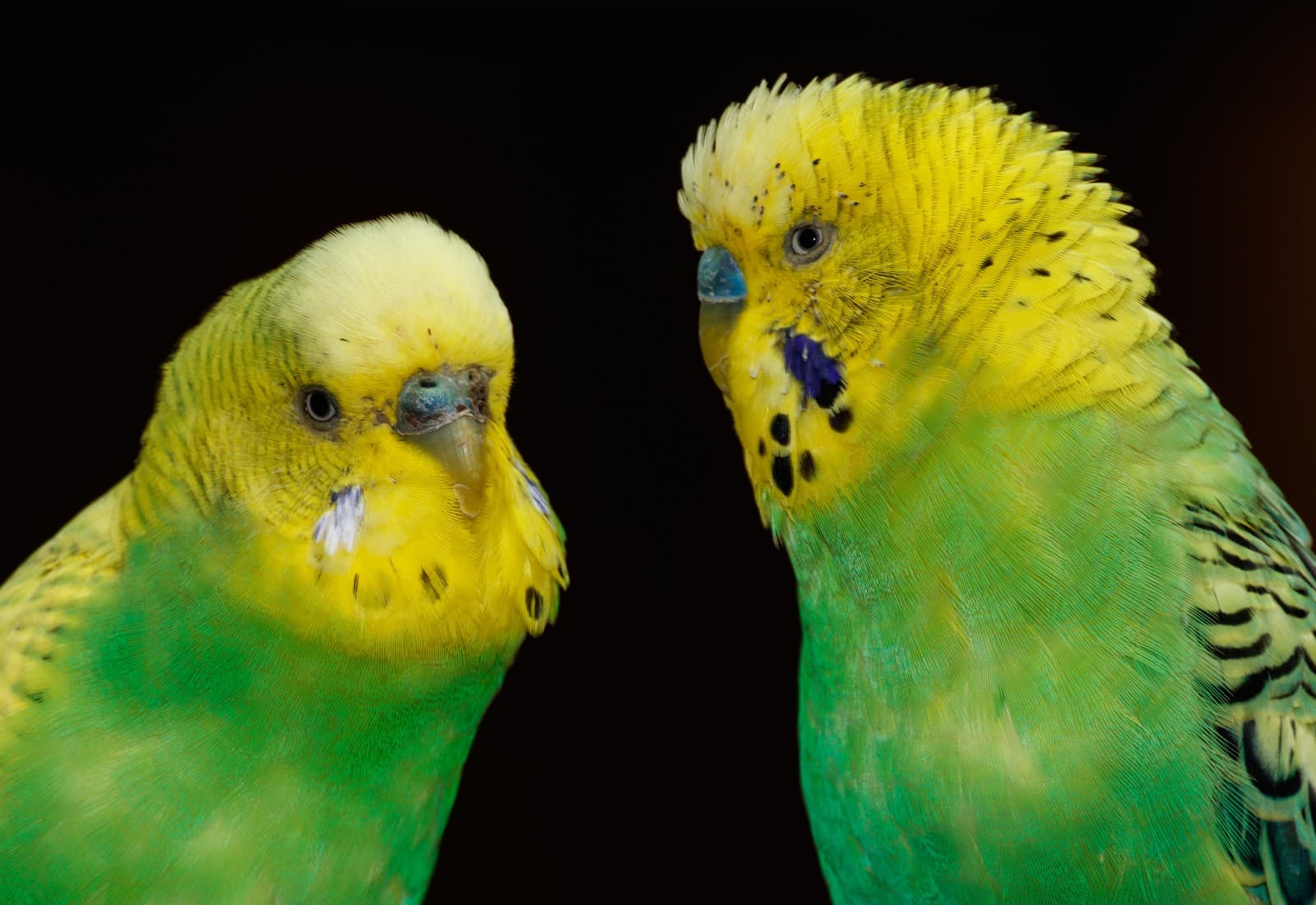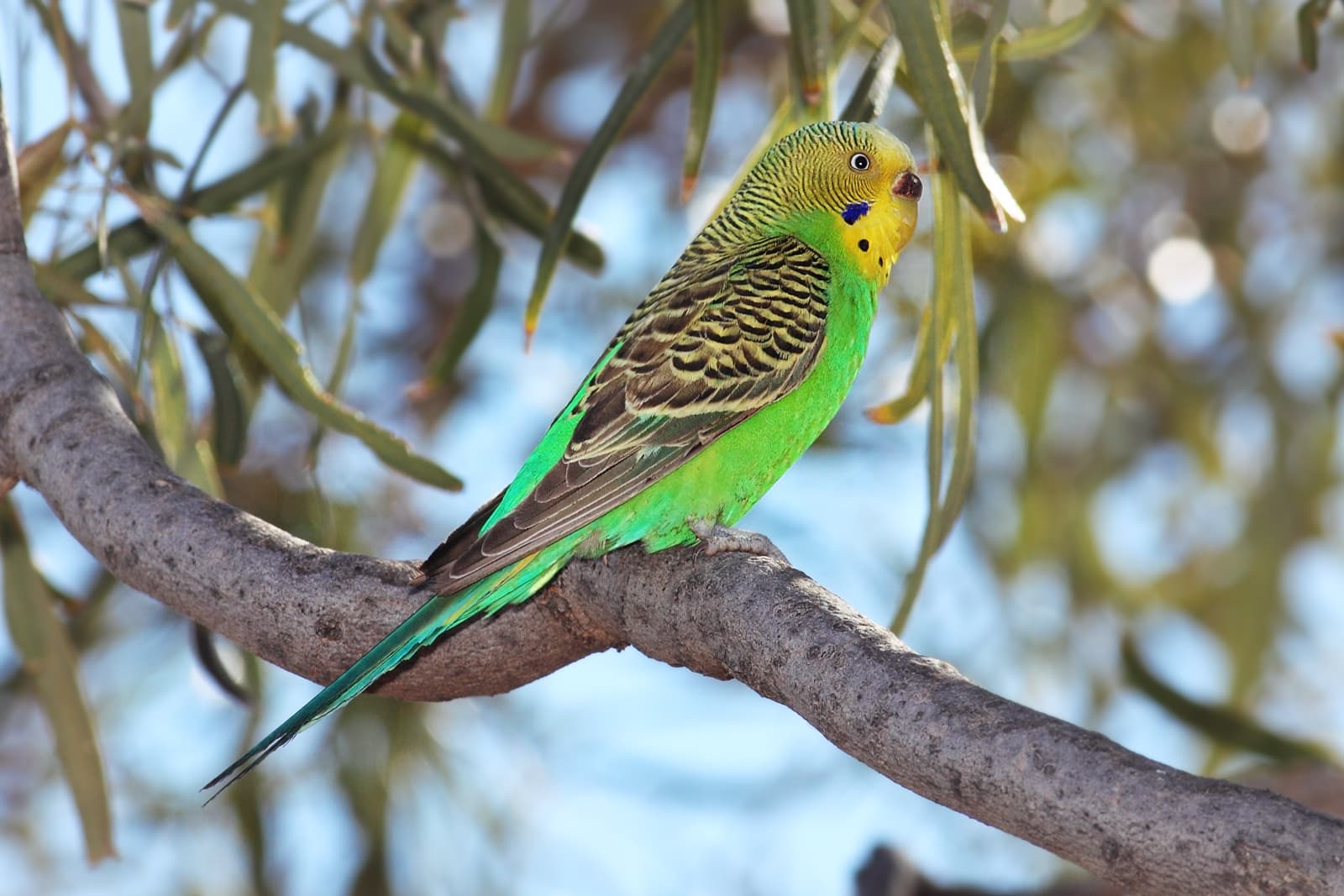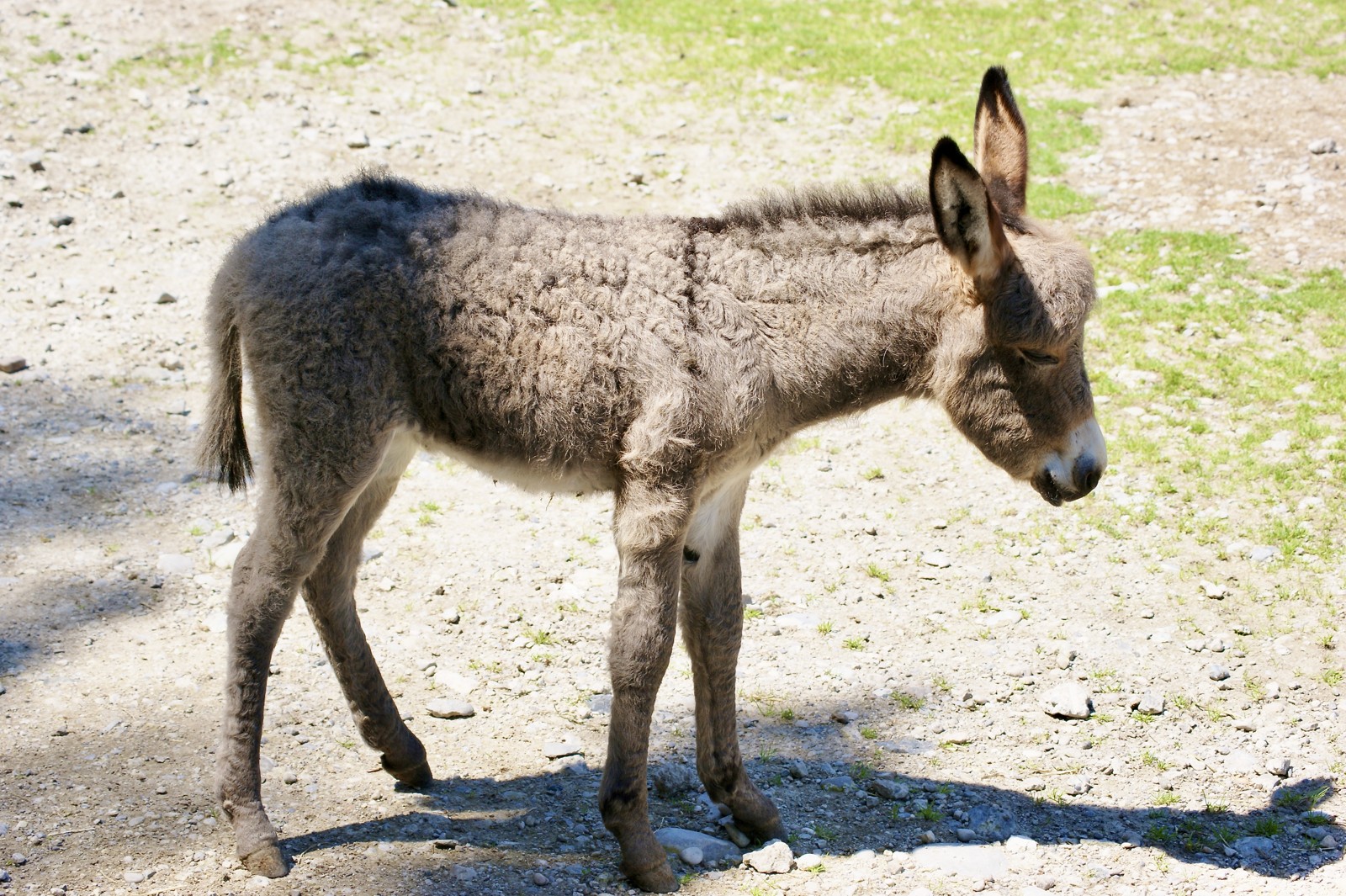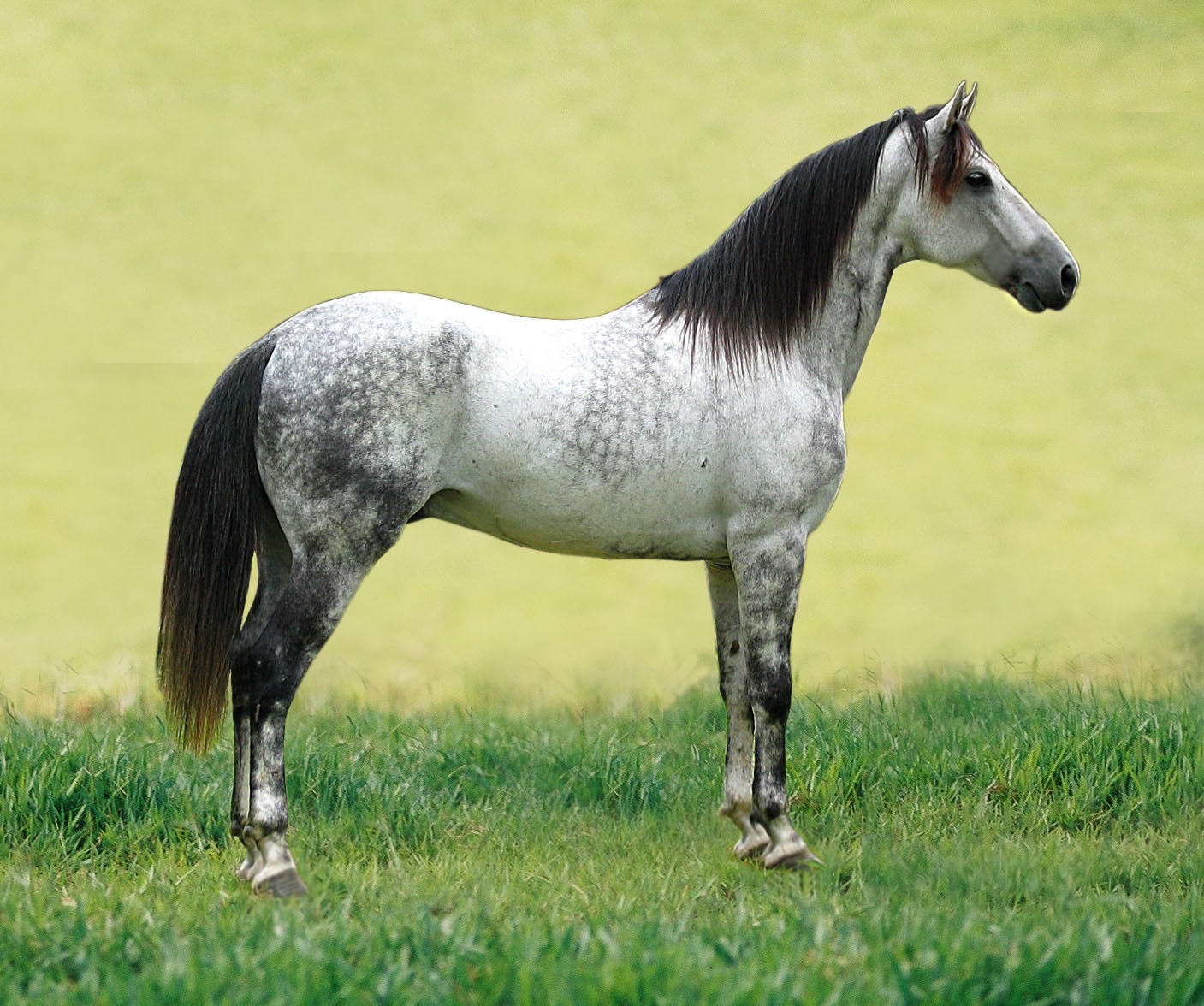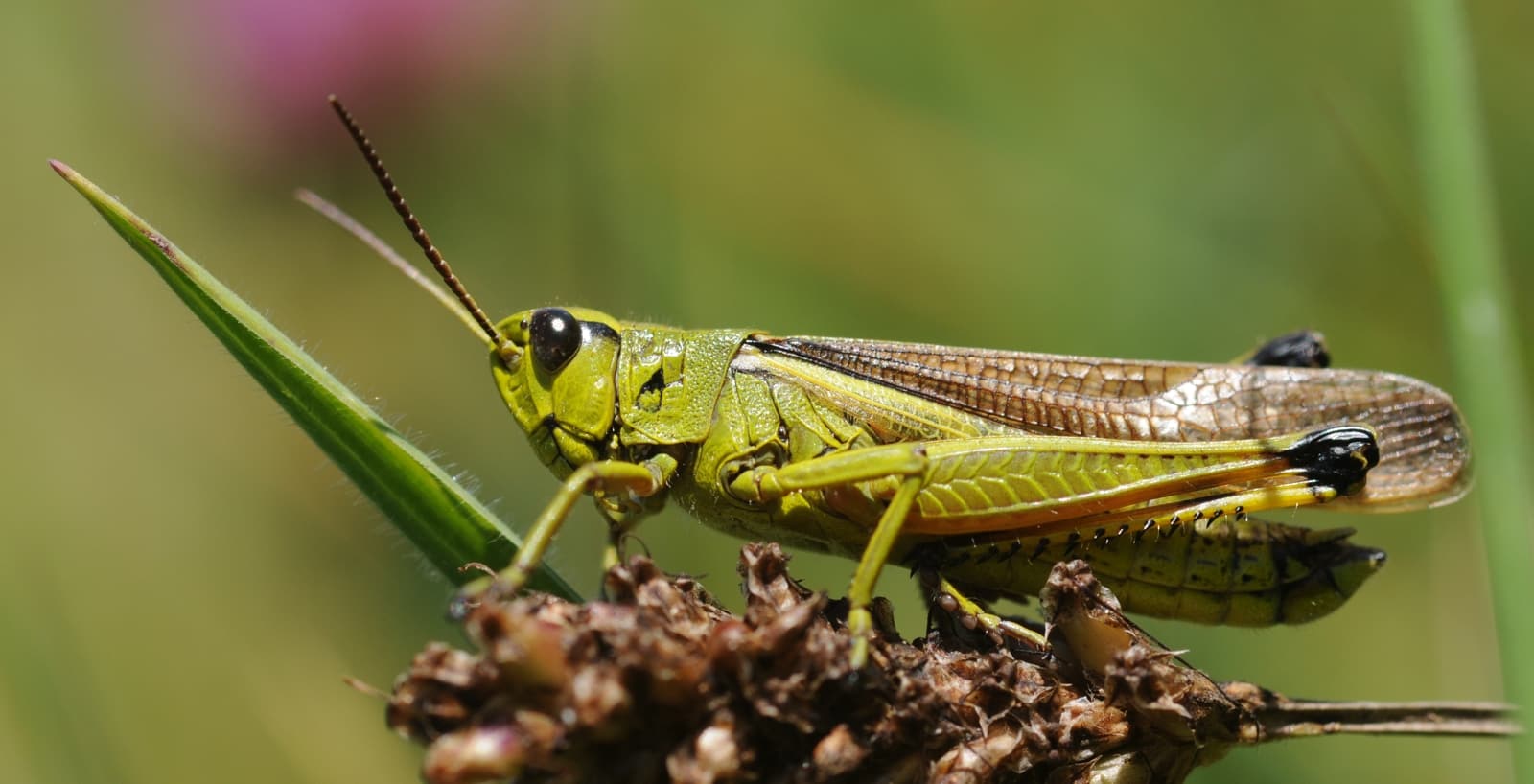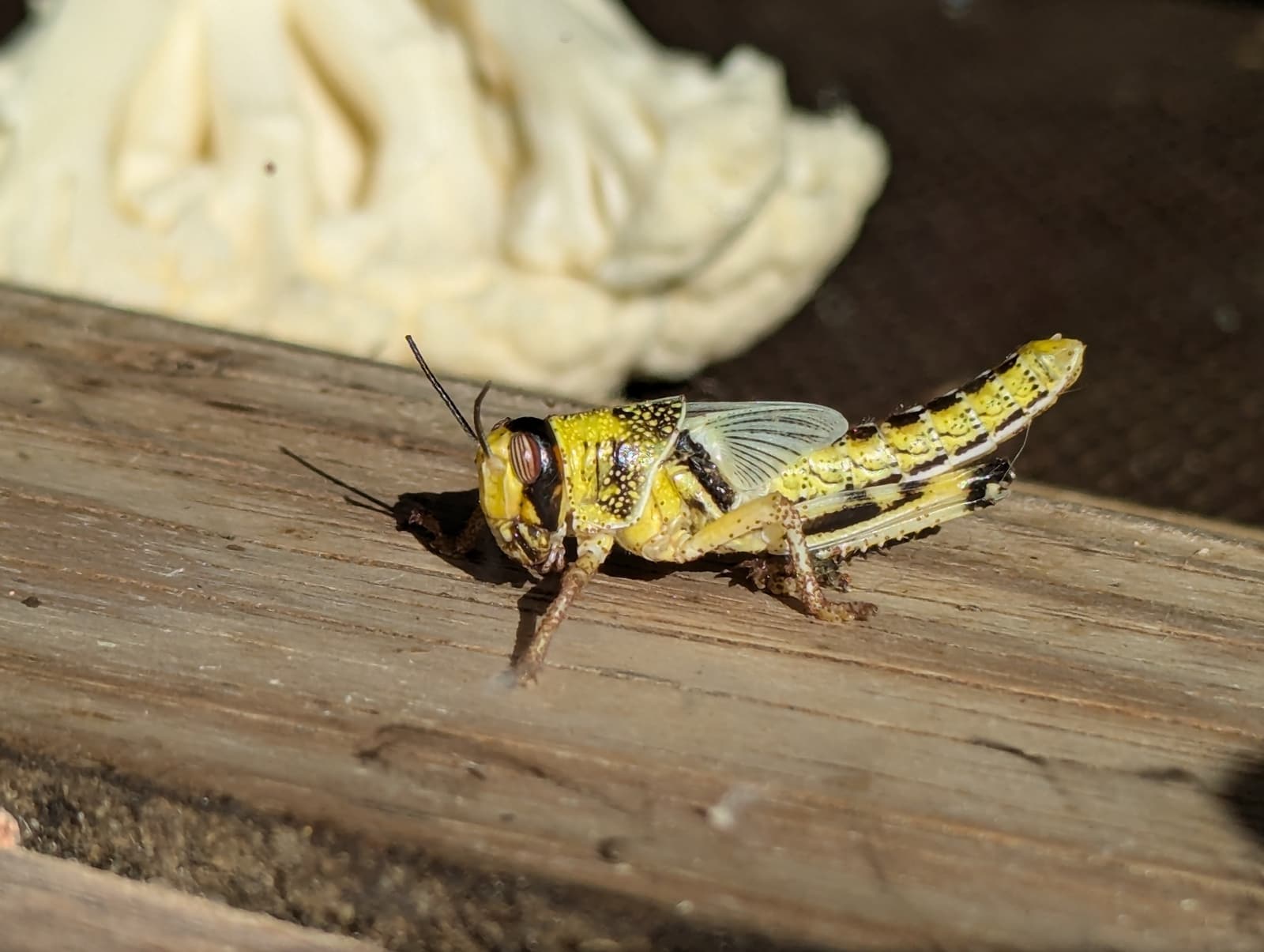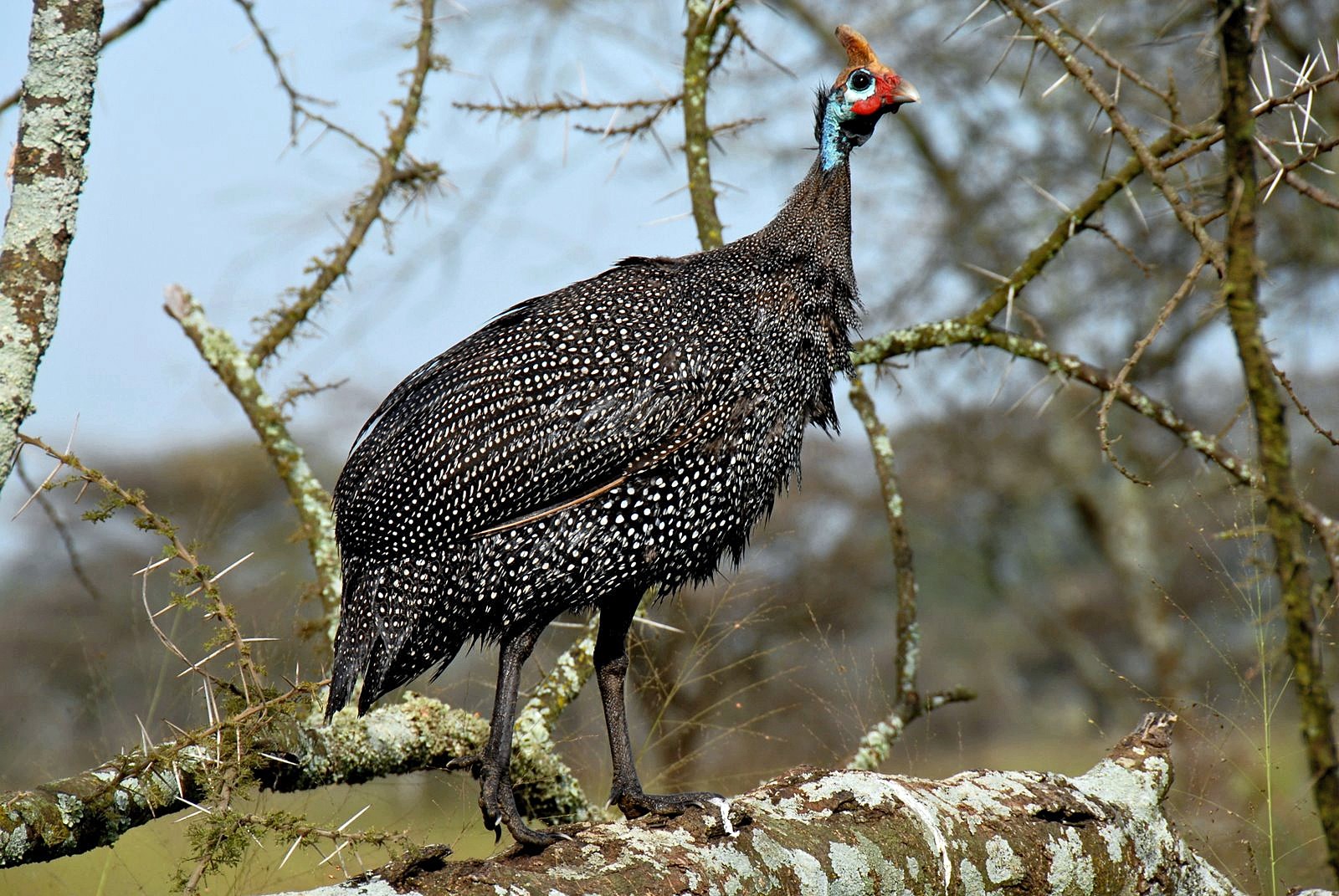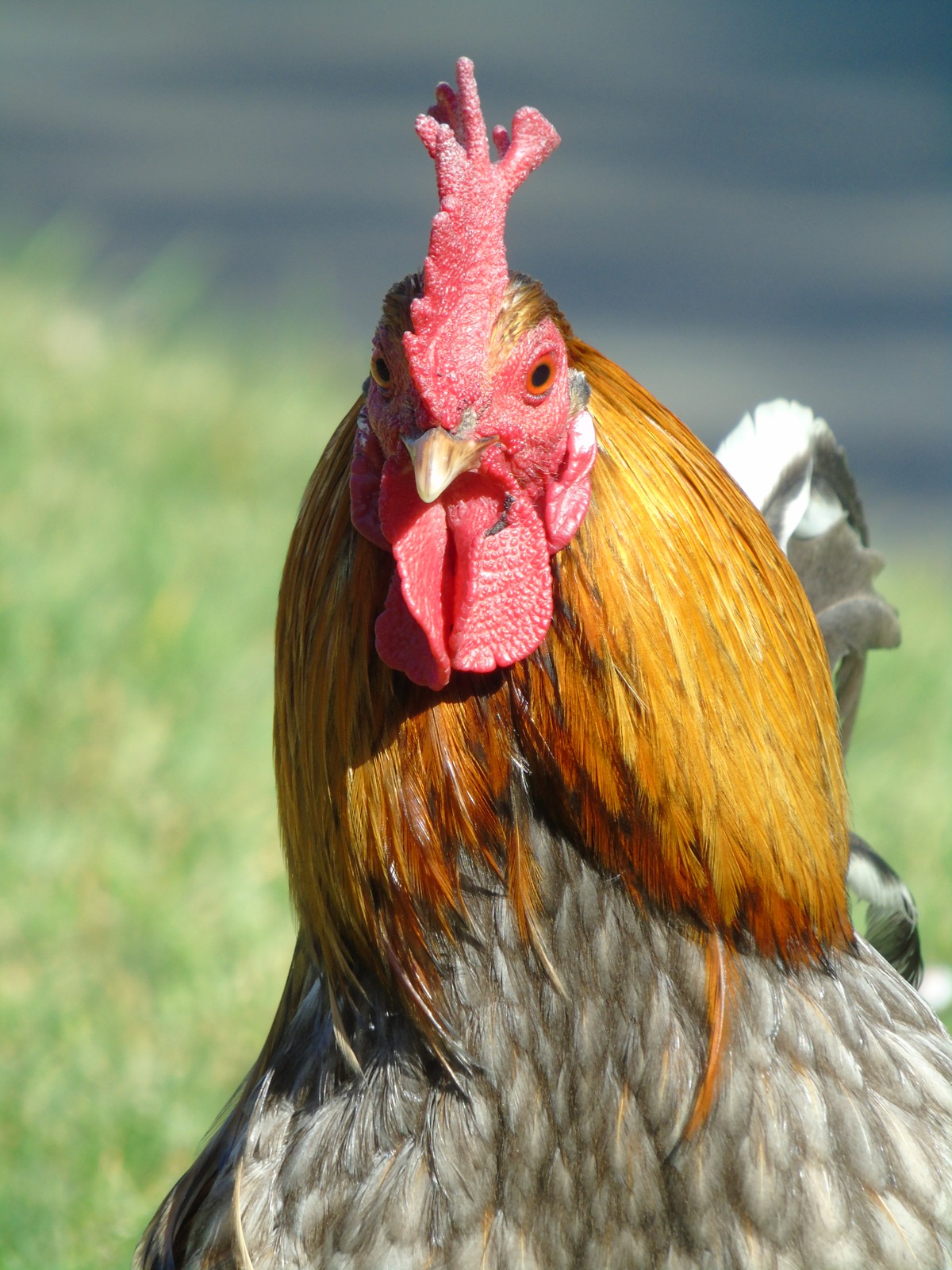Puffin vs Penguin: A Complete Comparison
While puffins and penguins might share similar black-and-white plumage, these charismatic seabirds are remarkably different species. Puffins are relatively small birds weighing 12-16 ounces (340-450g) that can both fly and swim, while penguins are flightless birds ranging from 2.2 pounds to 88 pounds (1-40kg) specialized for aquatic life.
The most striking difference in the puffin vs penguin comparison lies in their geographic distribution. Puffins inhabit the North Atlantic and North Pacific oceans, while penguins are exclusively found in the Southern Hemisphere, with most species concentrated in Antarctica and sub-Antarctic regions.
Key Physical and Behavioral Differences
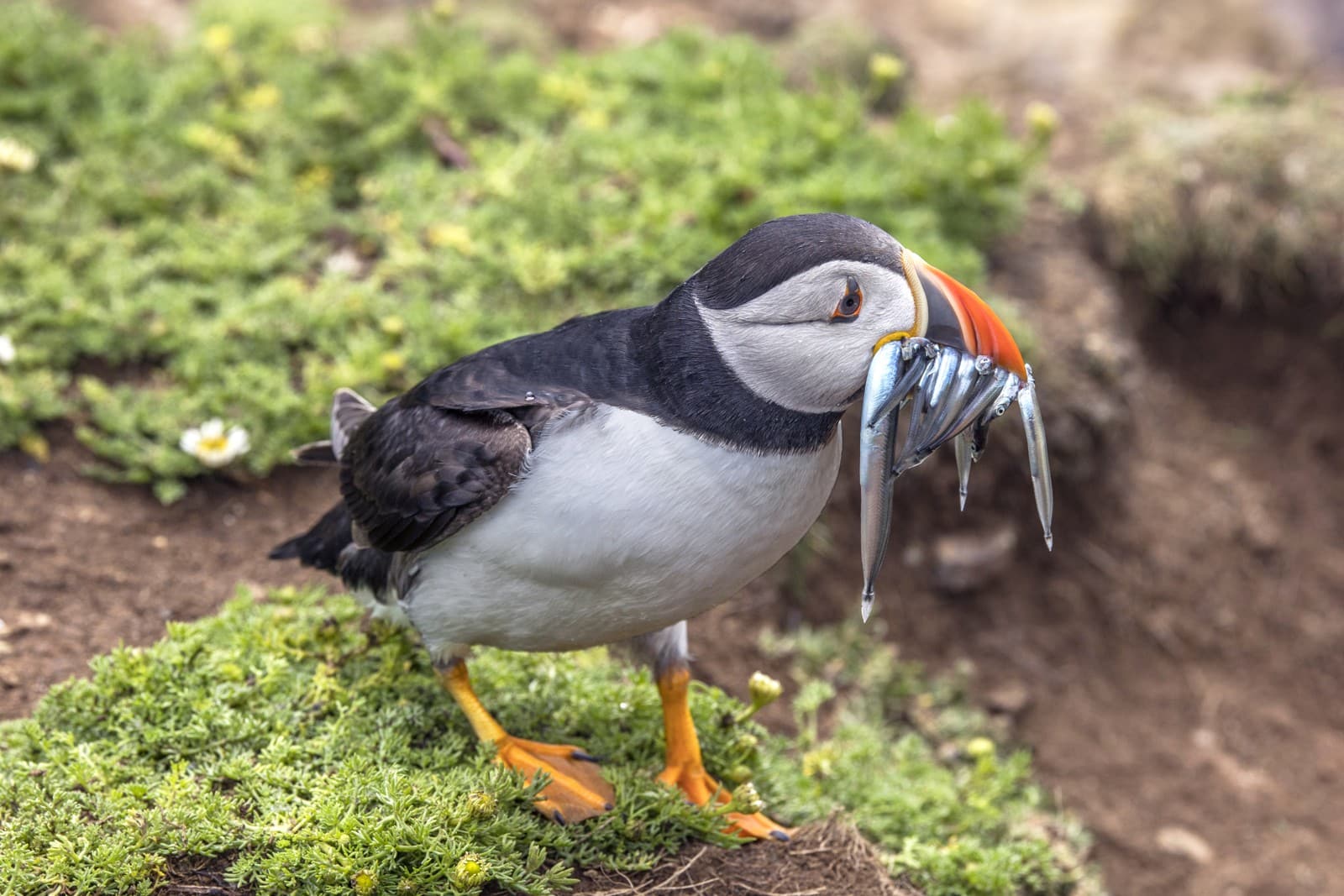
© Charles J. Sharp / CC BY-SA 4.0
The Atlantic Puffin demonstrates its remarkable fishing ability, carrying multiple fish in its specialized beak - a distinctive feature that sets puffins apart from their Antarctic counterparts.
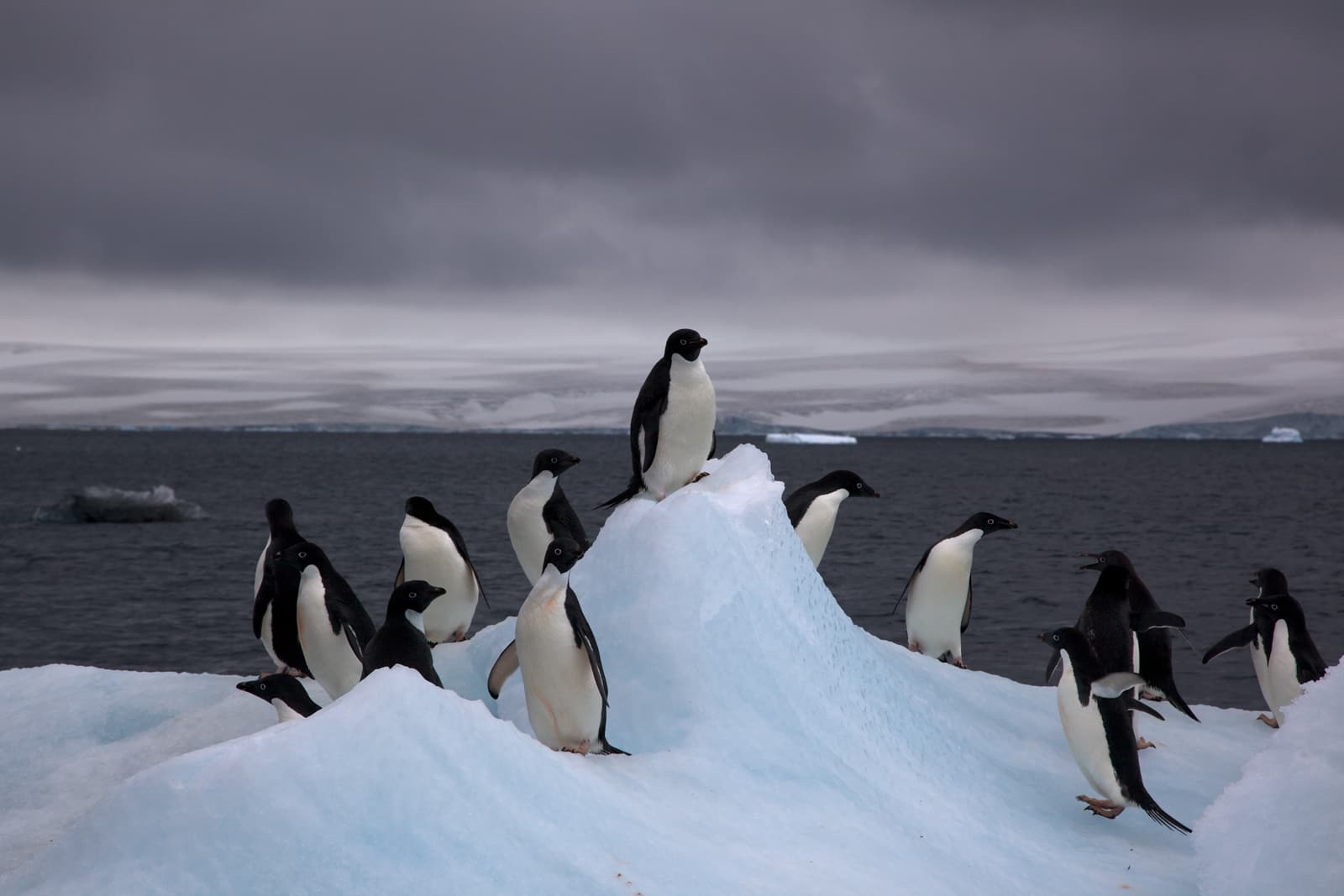
© Jason Auch / CC BY 2.0
Adelie penguins showcase their adapted lifestyle in the harsh Antarctic environment, demonstrating their social nature and specialized features for extreme cold conditions.
Puffin vs Penguin: Comparison Table
| Feature | Puffin | Penguin |
|---|---|---|
| Size | 10-12 inches (25-30cm) | 16-45 inches (40-115cm) |
| Weight | 12-16 ounces (340-450g) | 2.2-88 pounds (1-40kg) |
| Flight Capability | Can fly and swim | Flightless, excellent swimmers |
| Habitat | Northern Hemisphere (North Atlantic & Pacific) | Southern Hemisphere (mainly Antarctica) |
| Diet | Small fish, squid, zooplankton | Fish, krill, squid |
| Social Structure | Small colonies | Large colonies of thousands |
Habitat and Distribution
Puffins are Northern Hemisphere specialists, breeding on coastal cliffs and islands across the North Atlantic and North Pacific. Their range extends from Maine to Iceland, Norway, and parts of the British Isles. In contrast, penguins are exclusively Southern Hemisphere dwellers, with species distributed from Antarctica to the Galapagos Islands, though most inhabit cold Antarctic and sub-Antarctic regions.
Hunting and Feeding Behavior
While both species are exceptional swimmers, their hunting techniques differ significantly. Puffins can dive up to 200 feet (60m) deep and use their specialized beaks to carry multiple fish simultaneously - sometimes up to 20 small fish in one catch. Penguins are more powerful swimmers, reaching depths of up to 1800 feet (550m) in some species, using their wing-like flippers to “fly” underwater at speeds up to 22 mph (35 kph).
Social Structure and Breeding
Penguins typically form massive colonies numbering in the thousands, with elaborate social structures and breeding rituals. Puffins, while also colonial, tend to form smaller breeding groups and show less complex social behaviors. Both species are monogamous, often returning to the same partner and nesting site year after year.
Conservation Status and Threats
Both puffins and penguins face significant challenges from climate change, ocean pollution, and habitat loss. Rising ocean temperatures affect their prey availability, while plastic pollution and oil spills pose direct threats to their survival. Several penguin species are endangered, while puffin populations have declined significantly in parts of their range.
Who Would Win in a Physical Encounter?
While this question frequently appears in searches, it’s important to note that these species never naturally meet due to their geographic separation. However, based on physical characteristics, most penguin species would have a significant advantage due to their larger size, stronger bodies, and more powerful beaks. The largest penguin species, the Emperor Penguin, outweighs the largest puffin species by approximately 80 pounds (36kg).
Frequently Asked Questions
Can puffins and penguins fly?
Puffins can both fly and swim, while penguins are flightless but excellent swimmers.
Do puffins and penguins ever meet in the wild?
No, these species never naturally encounter each other as they live in opposite hemispheres.
Which is bigger - a puffin or a penguin?
Penguins are generally much larger than puffins, with even the smallest penguin species typically outweighing the largest puffin.
Are puffins and penguins related?
Despite their similar appearance, puffins and penguins are not closely related. Puffins belong to the family Alcidae, while penguins belong to Spheniscidae.
